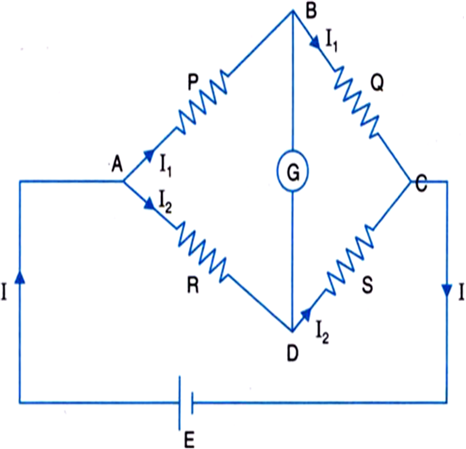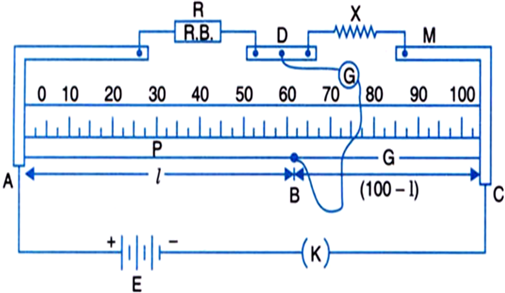Ask questions which are clear, concise and easy to understand.
Ask QuestionPosted by Ranjita Kar 6 years, 4 months ago
- 1 answers
Posted by Sourabh Ruhal 6 years, 4 months ago
- 4 answers
Prafulla Konwar 6 years, 4 months ago
Isha Vishwakarma 6 years, 4 months ago
Vineet Garg 6 years, 4 months ago
Posted by Pal Sahav 6 years, 4 months ago
- 4 answers
Posted by S.....Sharma☺??? .. 6 years, 4 months ago
- 5 answers
Aryan Vishwakarma 6 years, 4 months ago
Posted by Bhaskar Kumar 6 years, 4 months ago
- 3 answers
Kiara Khurrana 6 years, 4 months ago
Harshita Maurya 6 years, 4 months ago
Posted by Sanju Krishna Yadav 6 years, 4 months ago
- 1 answers
Posted by Paras Kundu 6 years, 4 months ago
- 0 answers
Posted by Kuldip Singh 6 years, 4 months ago
- 0 answers
Posted by Sourav Sangwan 6 years, 4 months ago
- 1 answers
S.....Sharma☺??? .. 6 years, 4 months ago
Posted by Aman Aneja 6 years, 4 months ago
- 2 answers
Sayeda Iram Ateeq 6 years, 4 months ago
Posted by Varsha Nithyanandam 6 years, 4 months ago
- 1 answers
Gaurav Seth 6 years, 4 months ago
Balancing condition of Wheatstone bridge:
Consider four resistances P, Q, R and S connected to form a quadrilateral ABCD as shown in the figure below. A galvanometer G is connected between B and D and, BD is typically called the galvanometr arm. A battery is connected between A and C. The resistances are so adjusted that no current flows in the galvanometer G. The same current will flow in arms AB and BC. Similarly current I2 flows in arms AD and DC.

Applying Kirchhoff’s second law for mesh ABCD,
I1P – I2R = 0
or, I1P = I2R ...(i)
For mesh BCDB,
I1Q – I2S = 0
or, I1Q = I2S ...(ii)
Dividing (i) by (ii), we get
This is the balanced condition of the Wheatstone bridge.
Measurement of specific resistance:
Slide wire or meter bridge is a practical form of Wheatstone bridge.

In the figure above, X is an unknown resistor and R.B is resistance box. After inserting the key k (circuit is closed), jockey is moved along the wire AC till galvanometer shows no deflection (point B).
If k is the resistance per unit length of wire AC.
then, P = resistance of AB = kl
Q = resistance of BC = k(100 - l)
or,
Hence, we can find the value of the unknown resistance.
Resistivity is derived as follows:
If 'r' is the radius of wire and l be its length, then its resistivity will be
Precautions:
(i) The null point should lie in the middle of the wire.
(ii) The current should not be allowed to flow in the wire for a long time or else the wire will get damaged.
Posted by Rahul Chauhan 6 years, 4 months ago
- 1 answers
Posted by Supriya Singh 6 years, 4 months ago
- 1 answers
Posted by Niuti Tuccu 6 years, 4 months ago
- 0 answers
Posted by Kuldeep Singh 6 years, 4 months ago
- 1 answers
Posted by Ajay Kumar Kumar 6 years, 4 months ago
- 1 answers
Posted by Shiu Yy 6 years, 4 months ago
- 0 answers
Posted by Himani Dange 6 years, 4 months ago
- 0 answers
Posted by Tanushree Shenoi 6 years, 4 months ago
- 2 answers
Shubham Prajapati 6 years, 4 months ago
Posted by Prag Arora 6 years, 4 months ago
- 0 answers
Posted by Himanshu Shukla 6 years, 4 months ago
- 1 answers
Anshu Priya 6 years, 4 months ago
Posted by Vaibhav Singh 6 years, 4 months ago
- 2 answers
S.....Sharma☺??? .. 6 years, 4 months ago
Yogita Ingle 6 years, 4 months ago
Coloumb’s law has the following two limitations:
- The charges should be point charges i.e the charges are placed at a point which have no dimensions.
- The second limitation is the distance between the two charges remains constant.
Posted by Harshit Singh 6 years, 4 months ago
- 2 answers
Yogita Ingle 6 years, 4 months ago
Conservation of charges:
- Total charge in an isolated system is always conserved. When there are many bodies in an isolated system, the charges get transferred from one body to another but the net charge of the system remains same.
- During rubbing or natural forces, no new charge is created. The charges are either redistributed or a neutron breaks up into proton and electron of equal and opposite charge.
Vaibhav Singh 6 years, 4 months ago
Posted by Adarsh Tiwari 6 years, 4 months ago
- 0 answers

myCBSEguide
Trusted by 1 Crore+ Students

Test Generator
Create papers online. It's FREE.

CUET Mock Tests
75,000+ questions to practice only on myCBSEguide app
 myCBSEguide
myCBSEguide
Himanshu Shekhar 6 years, 4 months ago
0Thank You